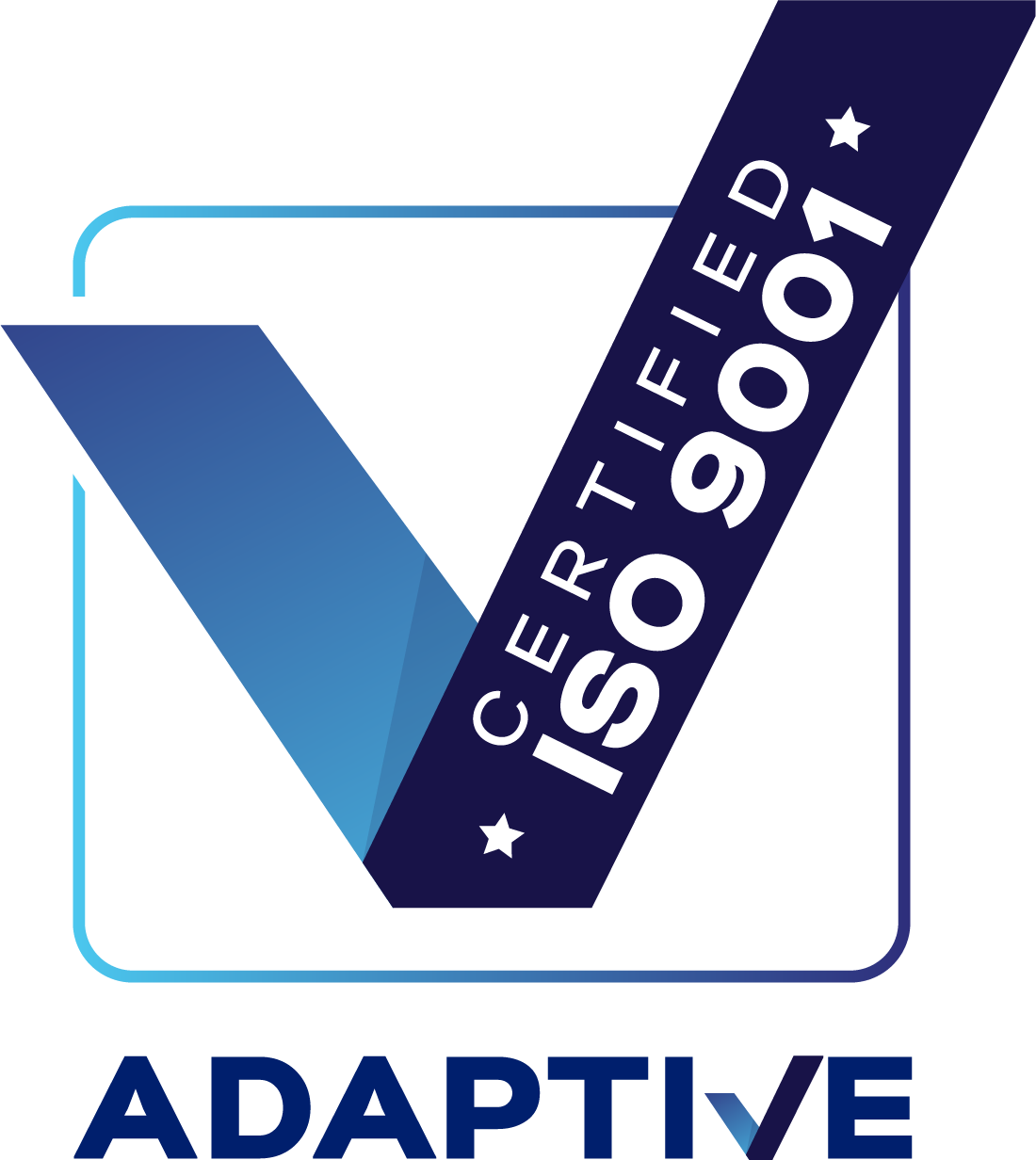
What is the value of a GAP ANALYSIS (GA)?
A Gap Analysis (GA) Audit can provide several valuable insights and benefits to an organisation. Some are listed below:
Identification of Discrepancies: A Gap Analysis Audit helps identify discrepancies or gaps between the current state of a system, process, or organisation and its desired or optimal state (such as ISO9001). It can reveal areas where performance, compliance, efficiency, or effectiveness fall short of expectations or industry standards.
Performance Improvement: By highlighting gaps and deficiencies, a GA Audit enables organisations to focus on areas that require improvement. It provides a basis for developing strategies and action plans to bridge those gaps and enhance overall performance.
Risk Management: A GA Audit helps identify potential risks and vulnerabilities within an organisation. By identifying gaps in compliance, security, or risk management practices, the audit allows organisations to implement measures to mitigate these risks, ensuring better protection and resilience.
Resource Allocation: The audit helps organisations prioritise resource allocation by identifying areas of greatest need. It allows them to allocate resources, such as time, personnel, and budget, to address critical gaps and achieve the desired objectives efficiently.
Compliance and Regulatory Requirements: GA audits are particularly valuable for ensuring compliance with industry standards, regulations, and legal requirements. By assessing the current state against the required standards, organisations can identify non-compliant areas and take corrective actions to meet the necessary obligations.
Strategic Planning: A GA Audit provides valuable insights for strategic planning. It helps organizations align their current capabilities and resources with their long-term goals and objectives. By identifying gaps, organisations can develop targeted strategies and initiatives to bridge those gaps and move closer to their desired future state.
Benchmarking and Best Practices: A GA Audit allows organisations to benchmark their performance against industry standards, competitors, or best practices. It provides an opportunity to identify areas where others excel and learn from their successes, ultimately driving improvement and innovation within the organisation.
Stakeholder Confidence: Conducting a thorough Gap Analysis Audit demonstrates a commitment to excellence, improvement, and accountability. It can enhance stakeholder confidence by showcasing the organisation’s dedication to identifying and addressing weaknesses, ensuring better performance and value delivery.
Overall, a Gap Analysis Audit serves as a valuable diagnostic tool, enabling organisations to assess their current state, identify gaps and deficiencies, and take targeted actions to improve performance, compliance, and strategic alignment.
Speak to the team at Adaptive Certifications who has tools to assist you carry out your own GA or could even carry out a GA for your business leading up to the formal stages of accredited certification.




